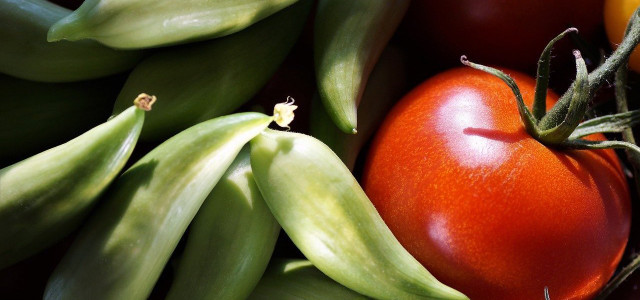Caigua is an interesting new addition to any garden. Despite being indigenous to the Andes mountains in South America, this vegetable also grows well in temperate climates.
Caigua, also called stuffing cucumbers or slipper gourds, belong to the same family as pumpkins. Originally from Peru, they have been traditionally cultivated for centuries, and are said to be one of the crops of the Incas. Caigua is technically a fruit, but it is mostly used as vegetable.
Tip: The fruits contain a high amount of flavonoids, which have been shown to be anti-inflammatory, anti-cancer, and neuroprotective.
Planting Caigua: Location and Soil Composition
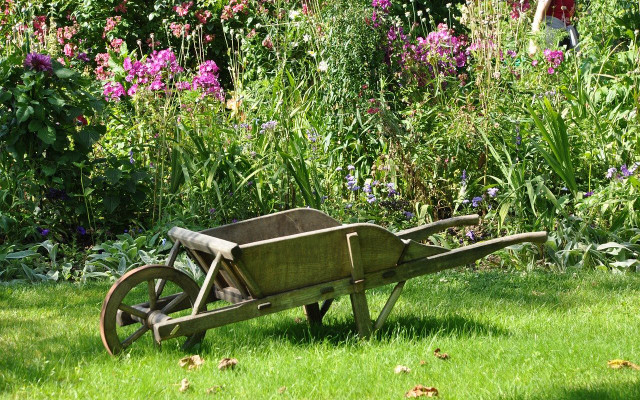
In the USA, caigua is not a plant that one sees every day, but this healthy and delicious vegetable grows like a weed and requires little care. If you decide to plant the fruit in your garden, you’ll want to choose the location carefully.
Caigua plants need:
- a warm, sunny, spot
- nutrient-rich soil (humus in the best case)
- permeable ground
Tip: You can grow caigua in pots, in the ground, or in a greenhouse.
Caigua: When and How to Plant
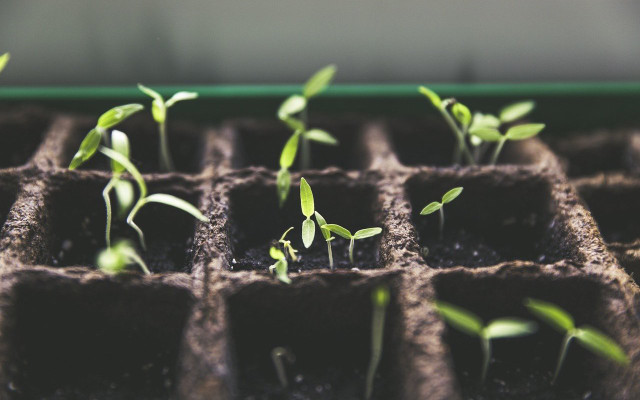


You don’t need a particularly green thumb to grow caigua. Get your hands on a few seeds, either in your local nursery or online on Amazon**. Then you can get started:
- The best time to seed caigua is at the end of April.
- Fill a seedling tray or peat pots with soil and press the seeds in.
- Place in an indoor sunny spot.
- The seeds will germinate relatively quickly. When the last frost is over, around the middle of May, you can transfer the seedlings to your garden or into pots.
Tip: The plant will develop long vines, so you’ll want to place a trellis in your garden to support its growth.
Caigua Plant Care
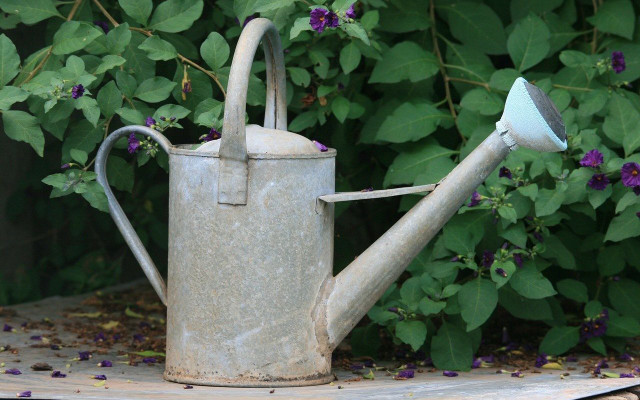


Cagiua grows extremely quickly and needs a large amount of nutrients to sustain itself.
- Fertilizer: Before transferring the seedlings, fill the bed with compost, and be sure to fertilize right away after the young plants are in their new home. Afterwards, fertilize every two weeks.
- Water: Caigua plants must be watered regularly. Make sure that there is proper drainage so that the water doesn’t become stagnant and a breeding ground for fungus.
- Pests: Caigua is generally very resistant to most pests and plant diseases. But spider mites and downy mildew can sometimes become problematic, especially if you are growing the plants in a greenhouse. You can counteract pest and fungus with natural pesticides, like soap or oil spray.
Culinary Uses
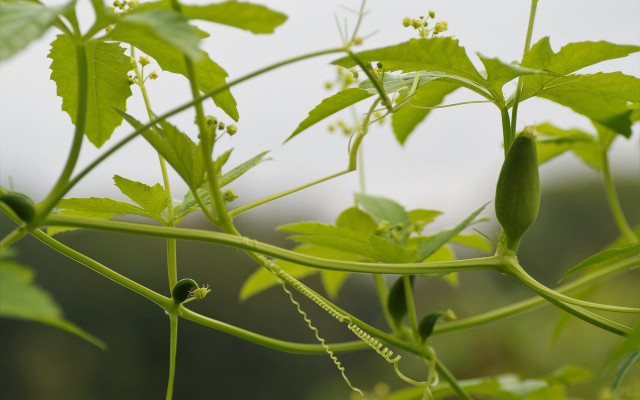


Caigua can be eaten many different ways. You can try it raw, sliced and sautéed in a pan, or stuffed and baked in the oven. No matter how you decide to prepare them, caigua are always an out-of-the-ordinary culinary experience.
This article was translated from German to English by Christie Sacco. You can read the original here: Inkagurke: Anbau, Pflege und Zubereitung
** Links to retailers marked with ** or underlined orange are partially partner links: If you buy here, you actively support Utopia.org, because we will receive a small part of the sales proceeds. More info.Do you like this post?






